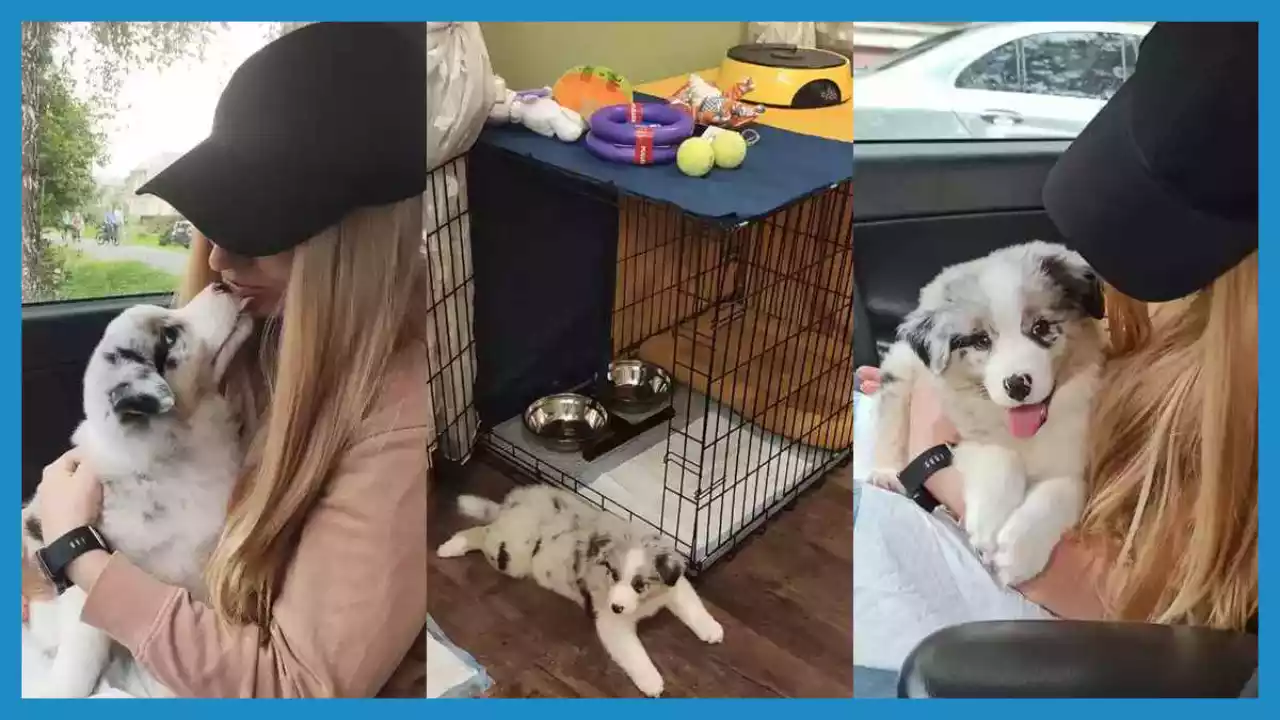The arrival of a puppy in your home is an important event that requires mandatory preparation, but what should you buy? I will share with you my experience: what you need to be prepared for, what you need to buy and what you could not buy at all .
A little backstory - even before the puppy arrived, we were very puzzled by the question “What should we buy and what should we do?” we even compiled a huge table with a bunch of pages and notes in it on various topics: vaccination schedules, feeding, basic commands, height and weight, ammunition for growth, but, let’s say, I went a little overboard and some things were absolutely not useful😂
What you need to be prepared for:
No matter how trivial it may sound, the most important thing that needs to be prepared for the arrival of a puppy is yourself and your family.
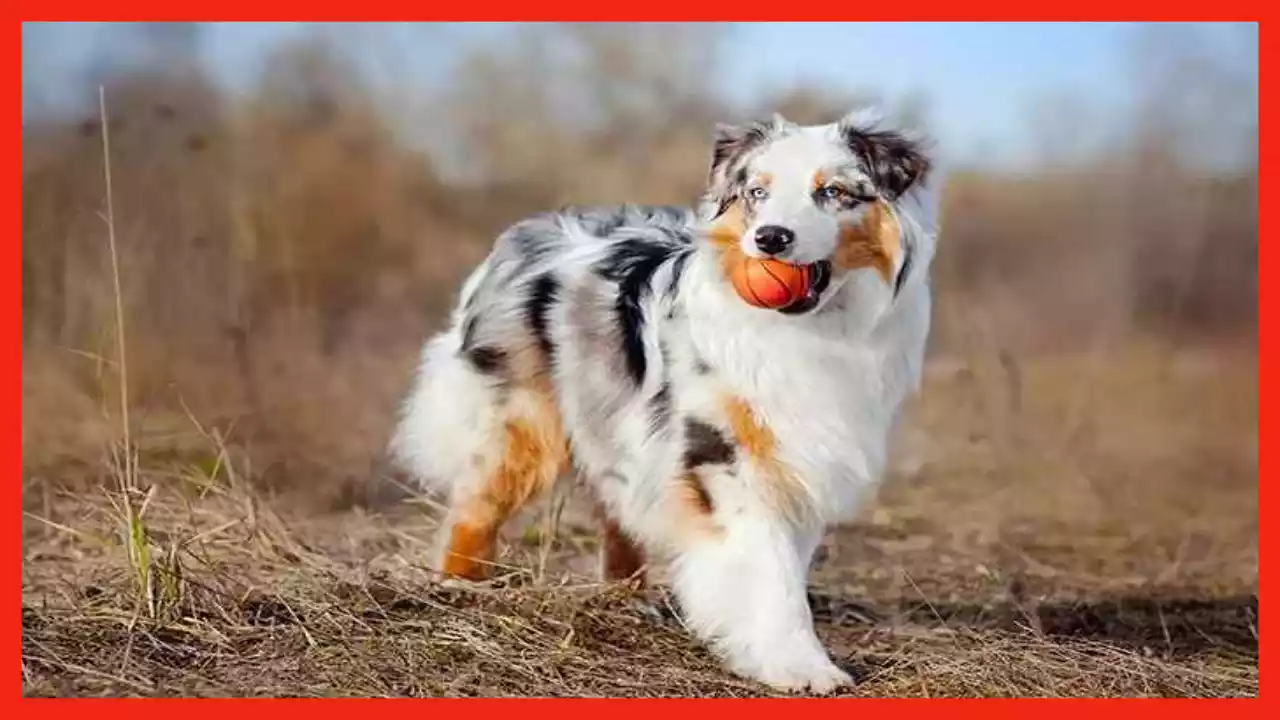
- The puppy will definitely pee at home: Stories about how people accustomed a puppy to the street in two days are a myth, a fairy tale, call it what you want. This is a small child who, due to his age, cannot tolerate the urge to go to the toilet all night or all day while you are at work.
- You need to walk your dog every day: Morning and evening (and with a puppy several times during the day), on weekends, on holidays, and even if you are sick.
- Your puppy may chew on your favorite shoes: He can also steal socks, ruin furniture, tear off wallpaper, chew on a phone charger and much more! For a puppy, these are just toys; he does not realize the value of these things. In this way, the baby learns about the world around him, trying everything to his teeth. Your task is to explain to the puppy the rules of behavior in your home and switch attention from things to those with which he is allowed to play.
If after reading this you are not scared, move on to the next point – what you need to buy.
Essential Preparations for a New Puppy: Top necessary things
- Bowls (for food and water) – You will need two bowls. The water bowl should always be freely available to the baby, and the food bowl should only be used during feeding. Select the size according to the puppy so that a portion of food can easily fit into it. We use fairly deep stainless steel bowls with rubberize bottoms, as they are easy to clean, do not absorb odors, do not slip on the floor and cannot be chewed.
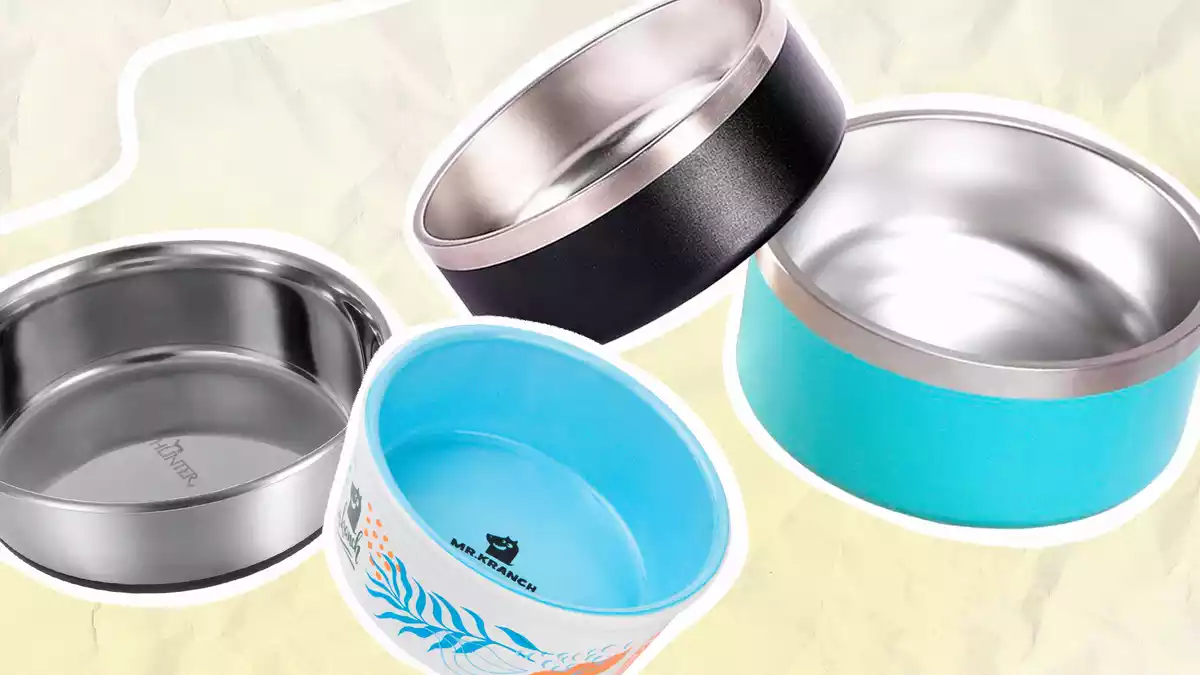
Which bowls I don’t recommend: on a tripod, since stories about posture and the benefits of eating while standing are a myth. It is unnatural for canines to eat and drink from a stand, and a puppy will 1000% disassemble and turn over this tripod in a short time. The Automatic Feeder also comes here, puppies often immediately break it, take it out and eat the entire daily portion of food, and it turns out to be much easier to go home at lunchtime and feed the puppy.
- Diapers are a necessary thing for the first time, while the puppy is in quarantine and cannot go for walks. Many people choose disposable diapers, but puppies immediately tear them down, tear them and sometimes even eat them.
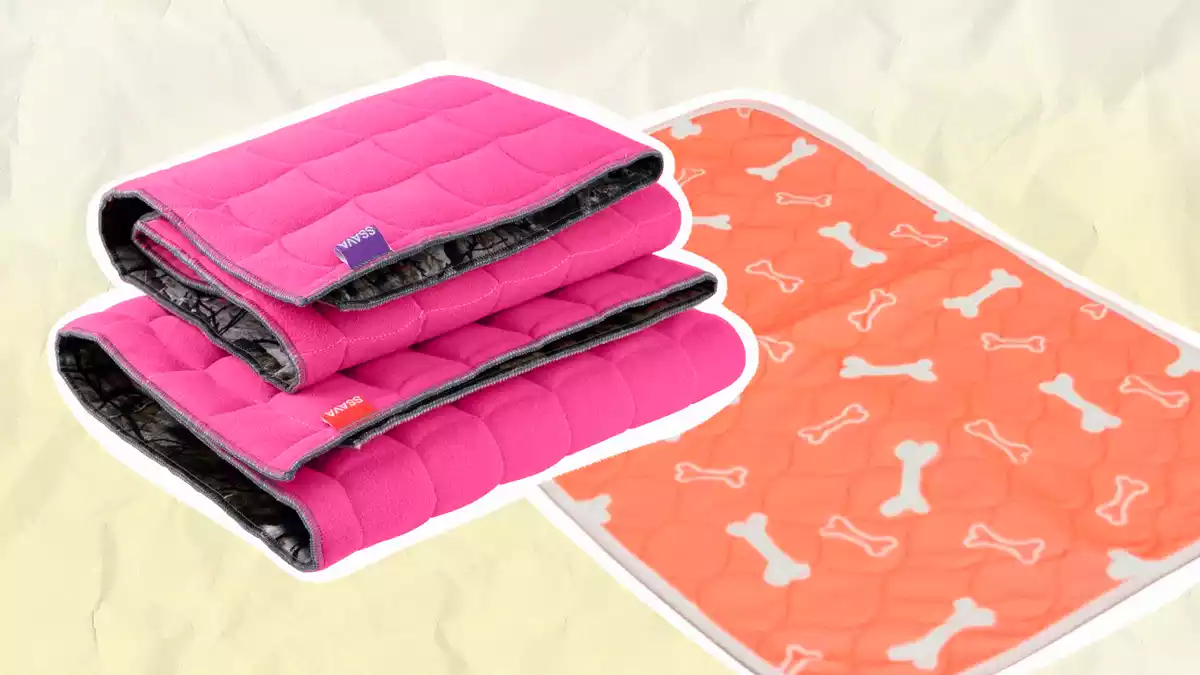
Therefore, I advise you to use reusable diapers. They are very difficult to ruin, they are easy to wash and dry quickly, usually come with very cute prints, and to be honest they are much cheaper than disposable ones. It is enough to buy only 2 pieces.
- Shampoo and conditioner – they are sold specifically for puppies; babies do not need to buy professional cosmetics that whiten or add color; later, of course, it’s worth purchasing one. But at first it is better to let the fur live quietly, without interference.
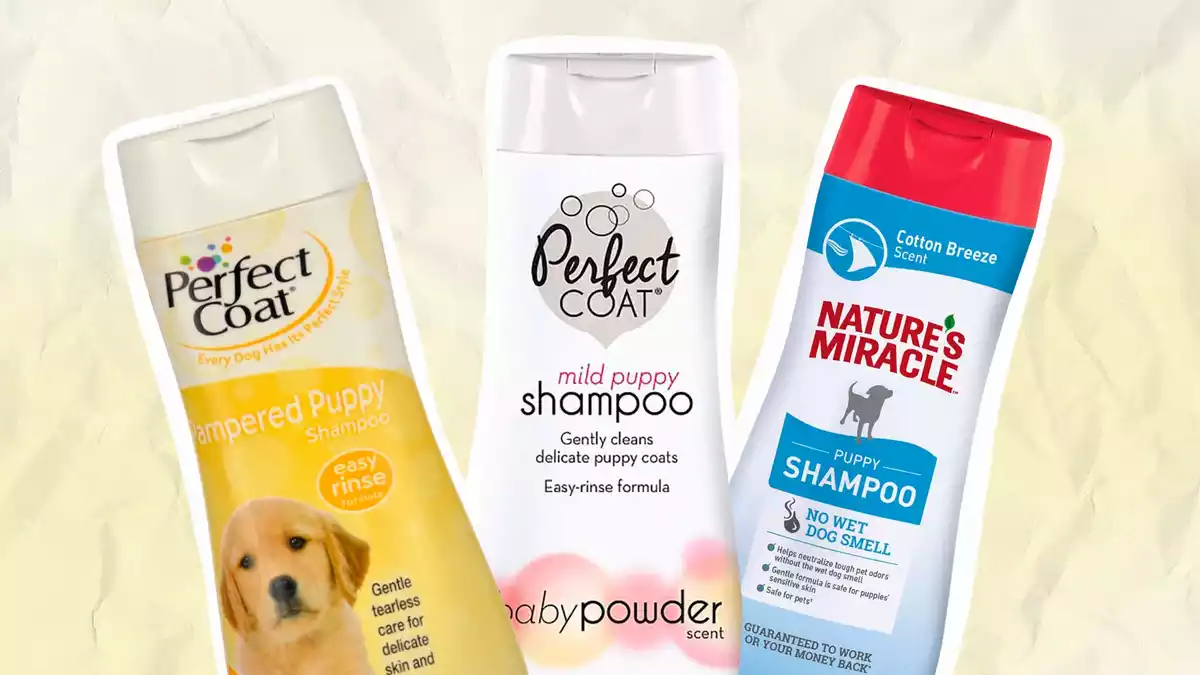
- Towel – the puppy should have his own towel for daily drying of paws after a walk and drying after a full bath. You can take it big right away – for growth. By the way, microfiber towels for dogs absorb moisture perfectly.
- Combs – several different ones will come in handy (for long-haired dogs): a metal comb, a slicker brush and a massage brush. It is better to choose a comb with two types of teeth. The slicker brush is of medium hardness and must have a “drop” so as not to scratch the puppy’s delicate skin. You can choose any massage brush or even buy it later, when your baby grows hair.
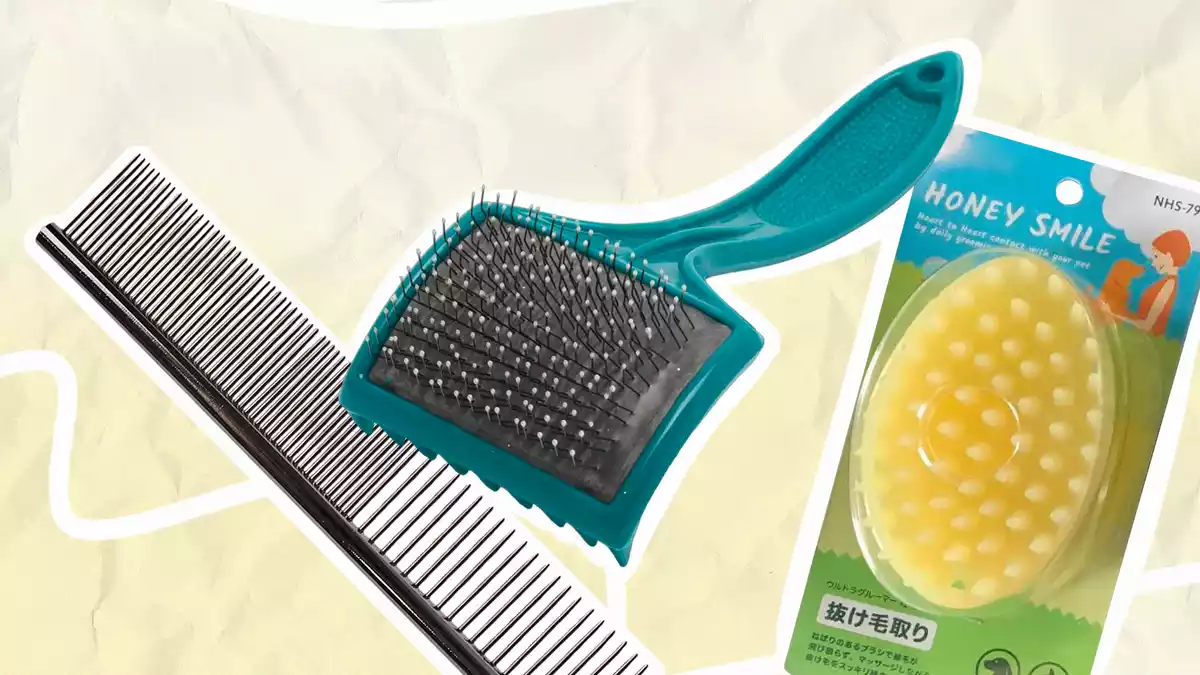
- Nail clipper – take a nail clipper that is the size of your dog, it can be with or without a limiter. After trimming the claws, we used a file when we were puppies, and now we have switched to a grinder; they are needed for the final processing of each claw so that they are not sharp.
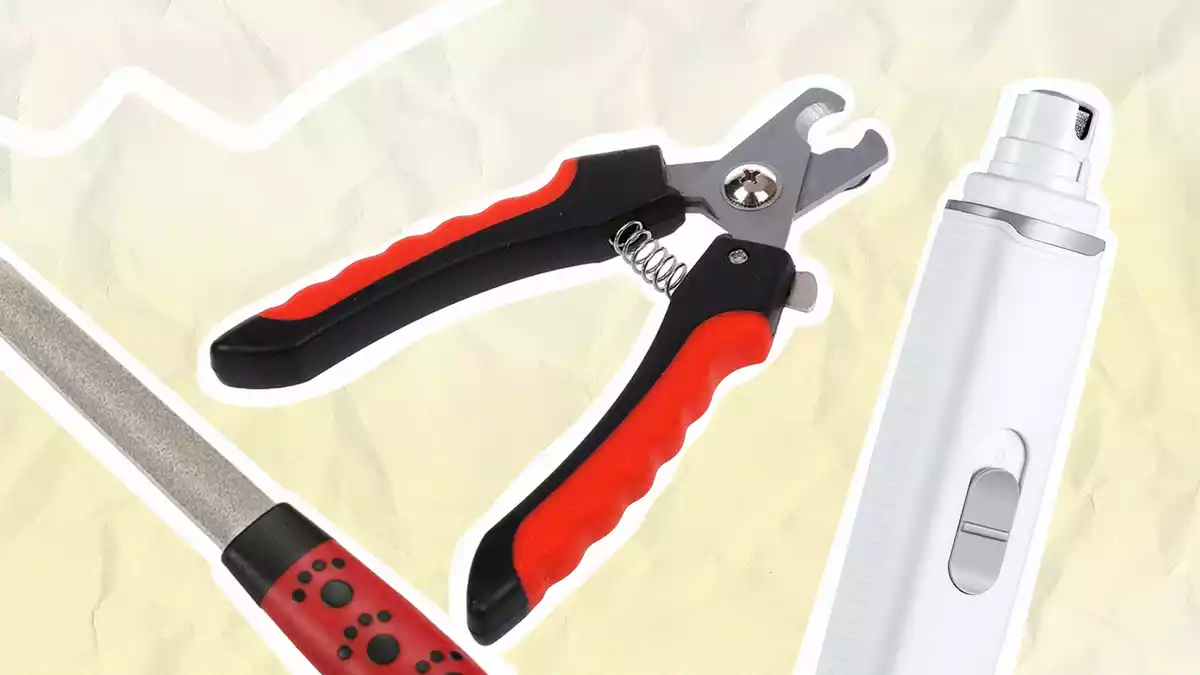
- Toys – there should be a lot of them and different ones – this is important. They can be divided into two types: those with which the puppy will play alone (they must be safe and durable), and those with which you will play together. Take toys of different shapes and sizes, different textures and materials, which will definitely come in handy: two balls (smooth and a hedgehog ball) of not very large diameter for the first time; braided rope (made of fleece or cotton), more than 15 cm long; soft toy with squeaker; latex toy with squeak; rustling toy; hard toy. All these toys need to be divided into two lots and changed periodically so that the puppy always has something new (that is, well-forgotten old ones). Your puppy should be able to choose what he wants to play with when you’re not around. You will also need toys for playing together. As a rule, these are the same ropes, pullers, balls on a rope, all possible constrictions (puppies are especially fond of the fleece mop cloth😂) and so on. Another important toys are toys in which you can put food, they are needed to calm the puppy or distract him from something – these are all kinds of pate congs, licking mats, soft toys with pockets.
And in this article you can read about an adult dog’s favorite toys.
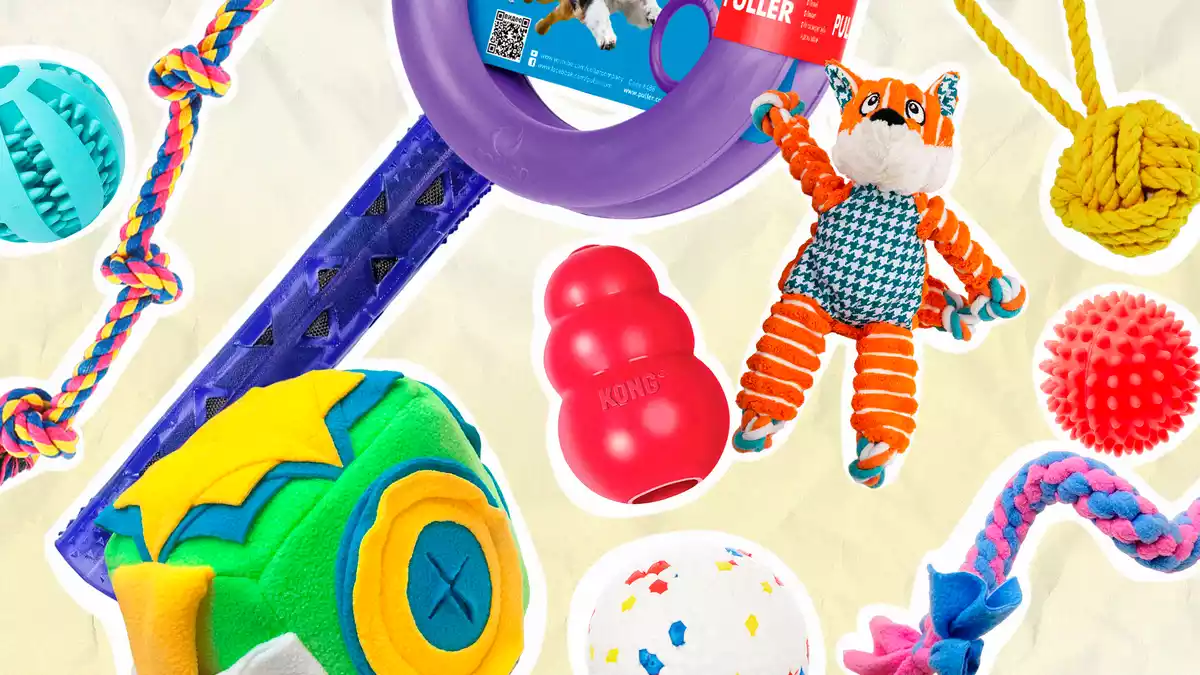
- A bed – the most important thing is that your pet should like it, and not you yourself (it’s not you who will sleep there). Therefore, forget about beauty – we need practicality – the bed should be easy and quick to clean, not absorb moisture (since the puppy can relieve itself on it).
- For an Australian Shepherd, the bed should be medium in size, about 80 cm long.
- Long-haired dogs do not need a bed with a side or stuffed with synthetic padding, as they will be very hot, so choose a flat mattress of medium thickness and thick fabric.
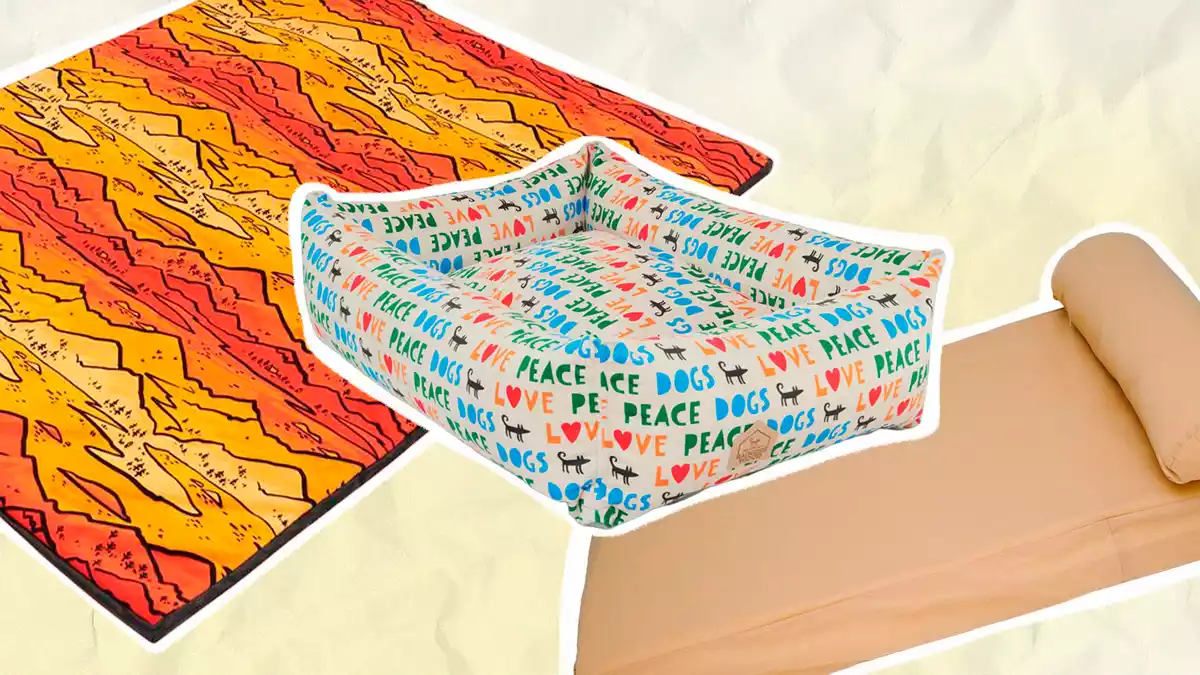
- Leash, collar or harness – remember, the puppy will outgrow this equipment very quickly! The collar can be chosen from soft leather with a buckle clasp or durable nylon with a fastex clasp (the second option was more convenient for me, since it was much easier to fasten it on a restless puppy). As a rule, a collar approximately 2 cm wide is sufficient. The harness should be anatomical, H-shaped – the most important thing is that it fits well, is durable and does not hinder movement. Choose a soft leash, of medium length (about 2 meters), a long safety rope for exercises or walks in nature, 10 meters long, is also useful (until calling and tracking the owner are 100% perfect). A puppy does not need a leash.

- The address book must be attached to the dog at all times. Even if the dog has a chip or a brand, it wouldn’t hurt to have an extra way to contact you (just in case).
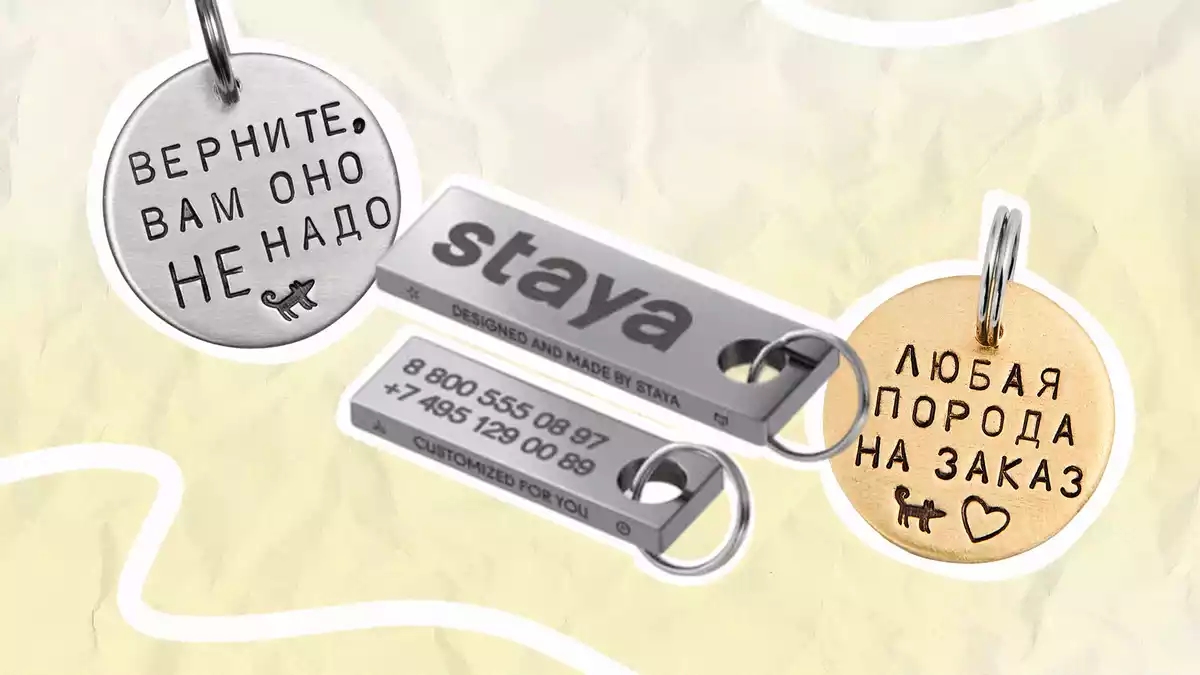
- A cage (an enclosure for small breeds) sounds scary, but in fact it is one of the most useful things that is easier to accustom a dog to as a puppy. It will be useful to you so that the puppy does not get hurt when left alone at home, and in the future on trips, at the veterinarian, at foster care, exhibitions and competitions.
- For comfort, place a bed and a diaper inside, put a bowl of water, leave toys, the main thing is to accustom him to being in a closed cage gradually and with food.
- We have taught Marcy to use it since childhood and now she perceives the crate as a house where no one will bother her and where she just relaxes.
- Clothing – a raincoat-overall helps a lot in the fall and spring; you don’t have to wash the whole dog after every walk. And in winter, some breeds may need warm overalls and boots.
- Laina or another odor remover – such products can help remove odors from the floor and furniture if the puppy went to the toilet without a diaper.
- Purchase other things – food, vitamins, treats, remedies for parasites and ticks, vaccines – on the advice of your breeder or veterinarian. You should not trust pet store sellers or familiar advisers in this matter. The life and health of your dog depends on it.
- For those who are especially worried like me, set up a camera to watch the puppy remotely and stop worrying, since everything will definitely be fine!
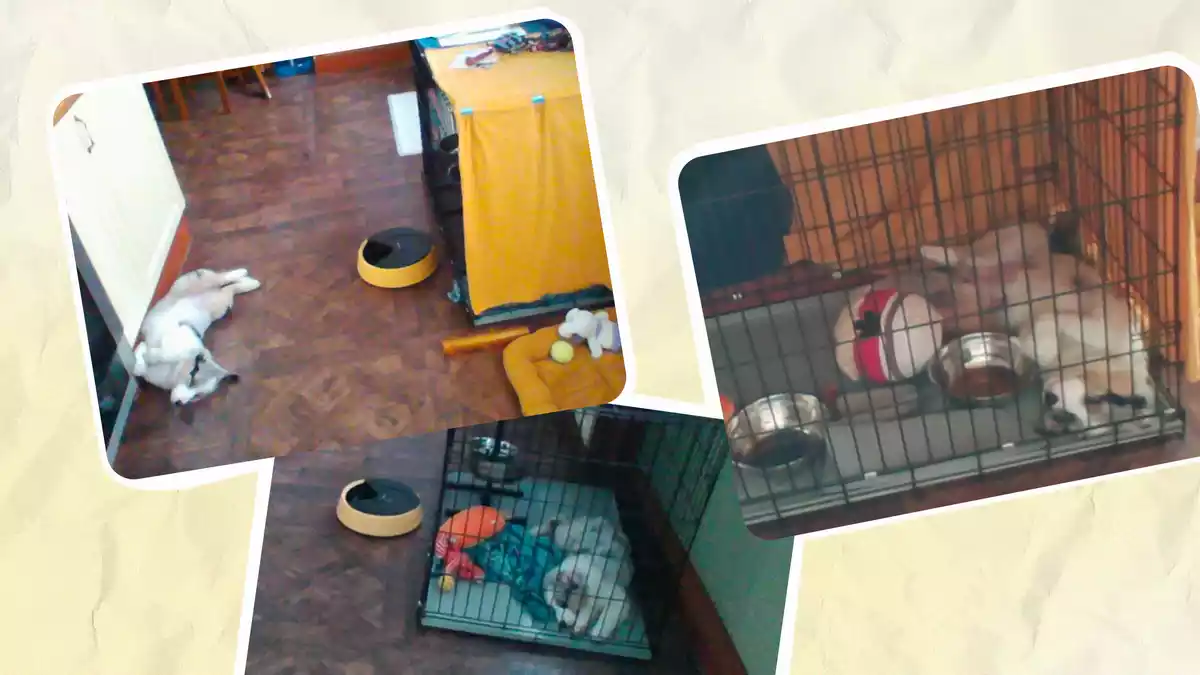
Q: What should I do to prepare myself and my family for a puppy’s arrival?
A: Be ready for frequent bathroom breaks, daily walks, and potential chewing on personal items. Patience and consistent training are essential.
Q: What types of bowls are best for a puppy?
A: Stainless steel bowls with rubberize bottoms are ideal as they are durable, non-slip, and easy to clean.
Q: Why are reusable diapers recommended for puppies?
A: Reusable diapers are durable, easy to wash and more economical compared to disposable ones.
Q: What grooming tools are necessary for a new puppy?
A: You’ll need a puppy-specific shampoo and conditioner, a microfiber towel, a metal comb, a slicker brush, a massage brush and nail clippers.
Q: What kinds of toys should I get for my puppy?
A: Provide a variety of toys, including balls, ropes, soft toys with squeakers and food-dispensing toys, to keep your puppy engaged and entertained.
Q: How should I choose a bed for my puppy?
A: Choose a bed that is practical, easy to clean, and appropriately sized. A flat mattress of medium thickness is suitable for long-haired breeds.
Q: What type of collar and leash should I get for my puppy?
A: A soft leather or durable nylon collar with a fastex clasp and a medium-length soft leash are recommended. An anatomical H-shaped harness is also a good option.
Q: Is a crate necessary for my puppy?
A: Yes, a crate is useful for safety and comfort. It helps with training and provides a secure space for the puppy when you’re not home.
Q: Do puppies need special clothing?
A: In certain weather conditions, like rain or cold, a raincoat or warm overalls can be helpful to keep your puppy clean and warm.
Q: How can I puppy-proof my home?
A: Remove wires, secure plants, remove shoes, and consider temporary, inexpensive carpeting to create a safe environment for your puppy.

